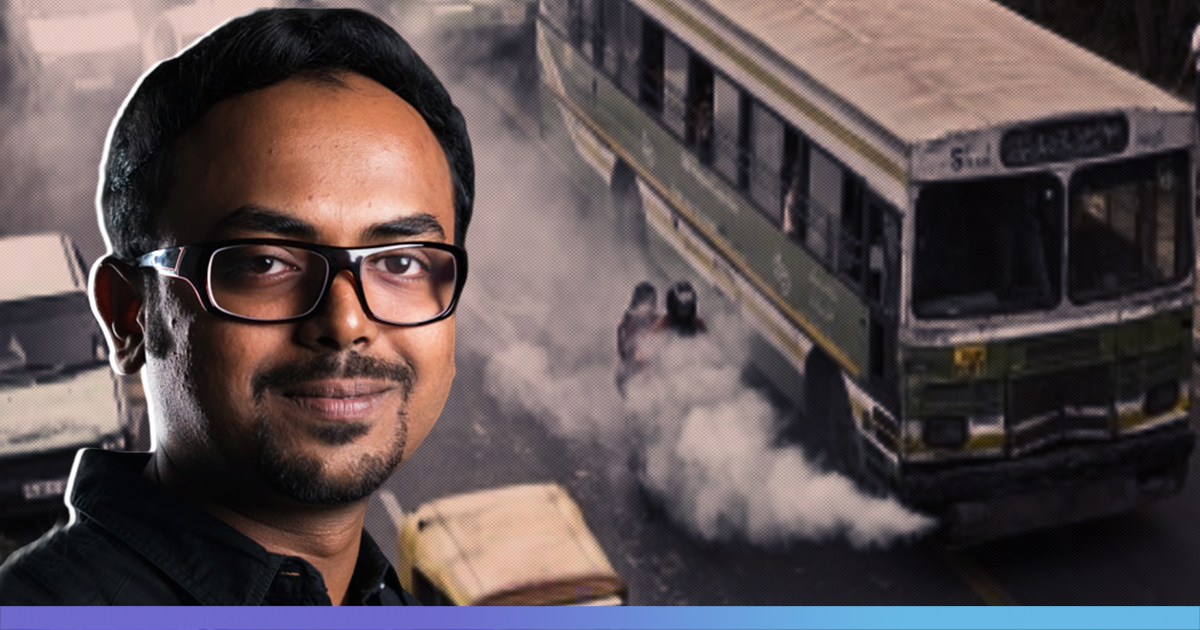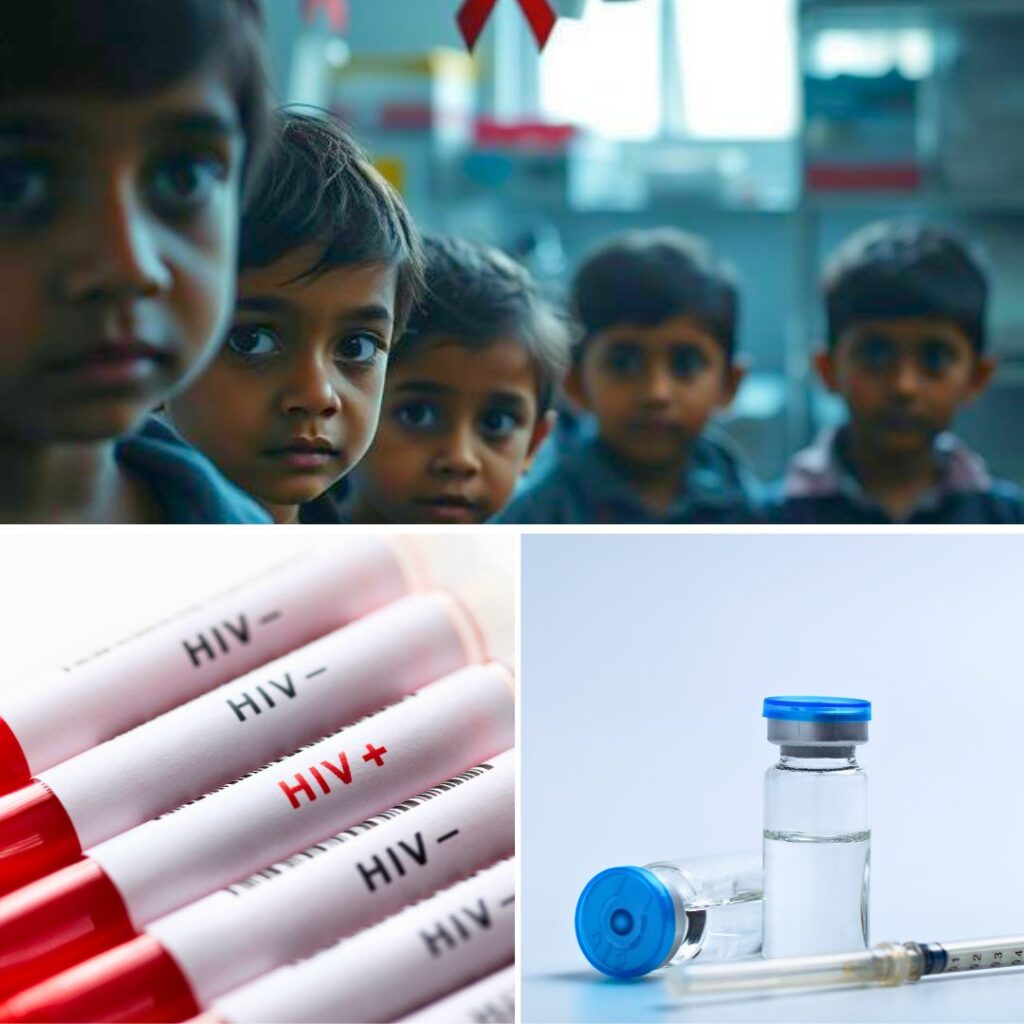The Diwali celebration on Sunday, October 26, once again left the national capital with ‘very poor’ air quality. But Diwali or not on several occasion Delhi’s air quality has been found above the danger mark. In March 2019 Delhi-NCR was ranked as the most polluted cities in the world by Greenpeace and AirVisual analysis.
Vehicular pollution has been one of the major causes for the deteriorating air quality in Delhi apart from industrial pollution, and farm burning. While several initiatives such as the odd-even scheme have been taken to curb the rising air pollution, an IIT Kharagpur engineer has found a solution that may change Delhi’s air quality.
Debayan Saha, a mechanical engineer graduate from IIT Kharagpur, has invented ‘PM 2.5’ that can prevent tiny particles in the exhaust of vehicles from getting mixed in the air. The device uses magnetism to make the particulate pollutants gain weight and fall on the ground instead of mixing with air.
“The technology developed by us uses a combination of electric energy and wave energy to influence the pollutants like PM 2.5 such that they act like a magnet attracting other particulate pollutants from the ambient atmosphere to get attached to it. As they grow bigger, they become heavy and fall off safely on the ground like soil,” said Saha.
These particles are the major air pollutants. They can enter deep into our lungs, causing short-term health effects such as eye, nose, throat and lung irritation, coughing, shortness of breath, among other medical conditions such as asthma and heart disease. A single PM 2.5 claims to reduce air pollutants emitted by 10 cars, claimed Saha. The device can be installed in any motor vehicle, be it a car, bus or any other vehicle.
Saha is currently a Global Biodesign student at Stanford University where he built the device ‘PM 2.5’. Saha had a day job which dealt with automotive and aerospace technology. But he spent the nights working on his company that would make health care devices. “From that experience, I learned the value of a multifaceted team”, told Debayan. The company ultimately failed, but the experience stayed, which lead him to the Biodesign course offered at Stanford University. “I realised that there are so many other things beyond engineering required for medical development, like understanding the regulatory pathway and clinical trials,” he says.
Also Read: What PM2.5 Pollution Really Means And What It’s Doing To You And Your Kids












